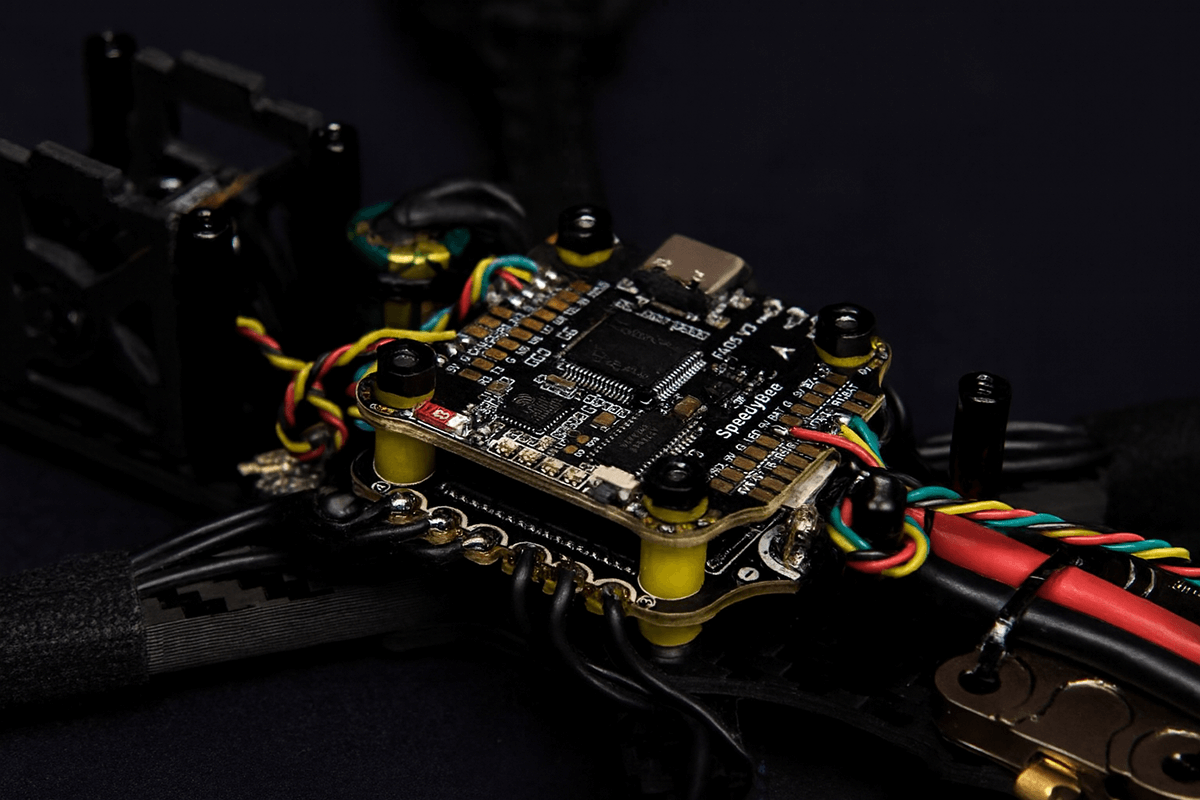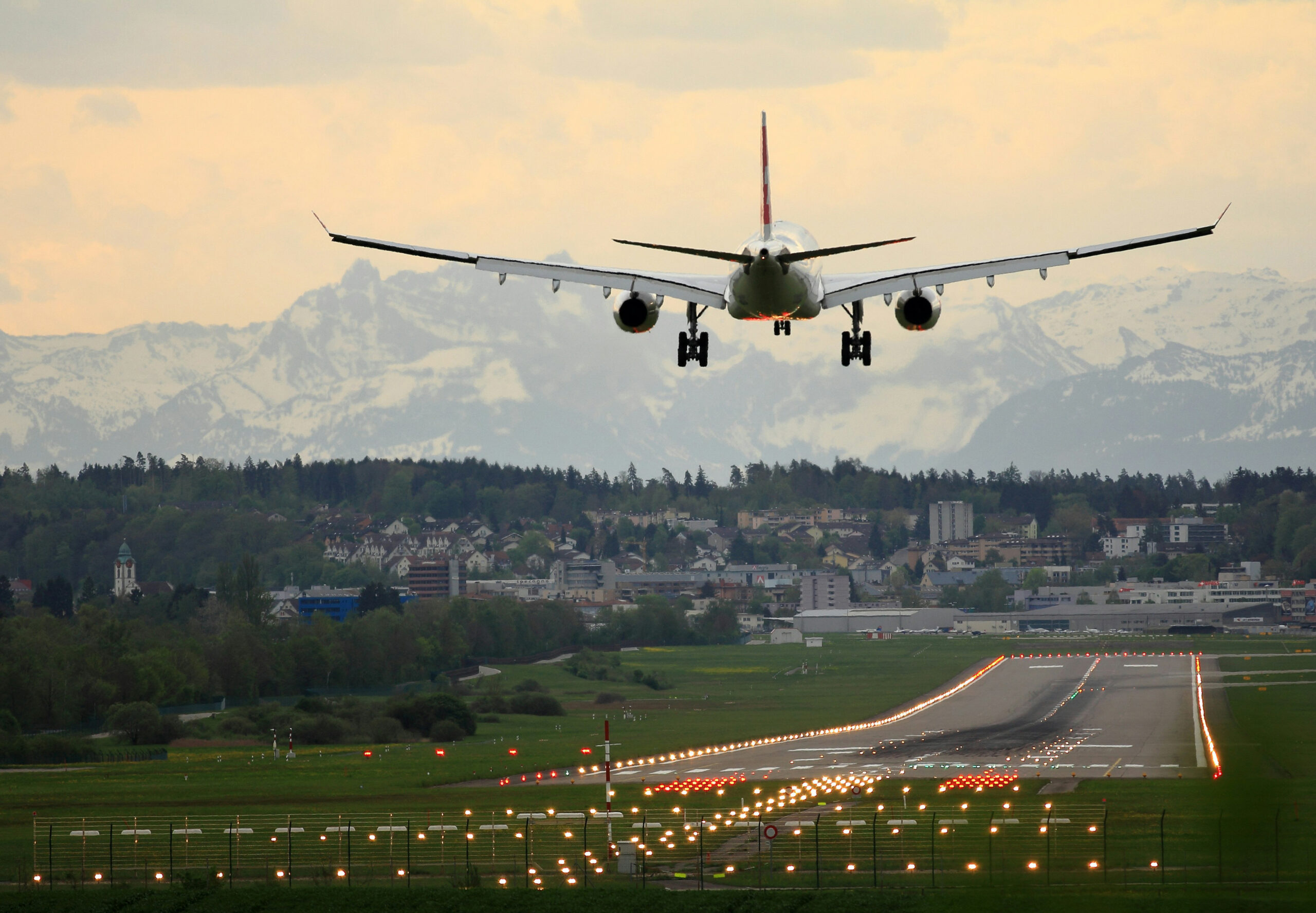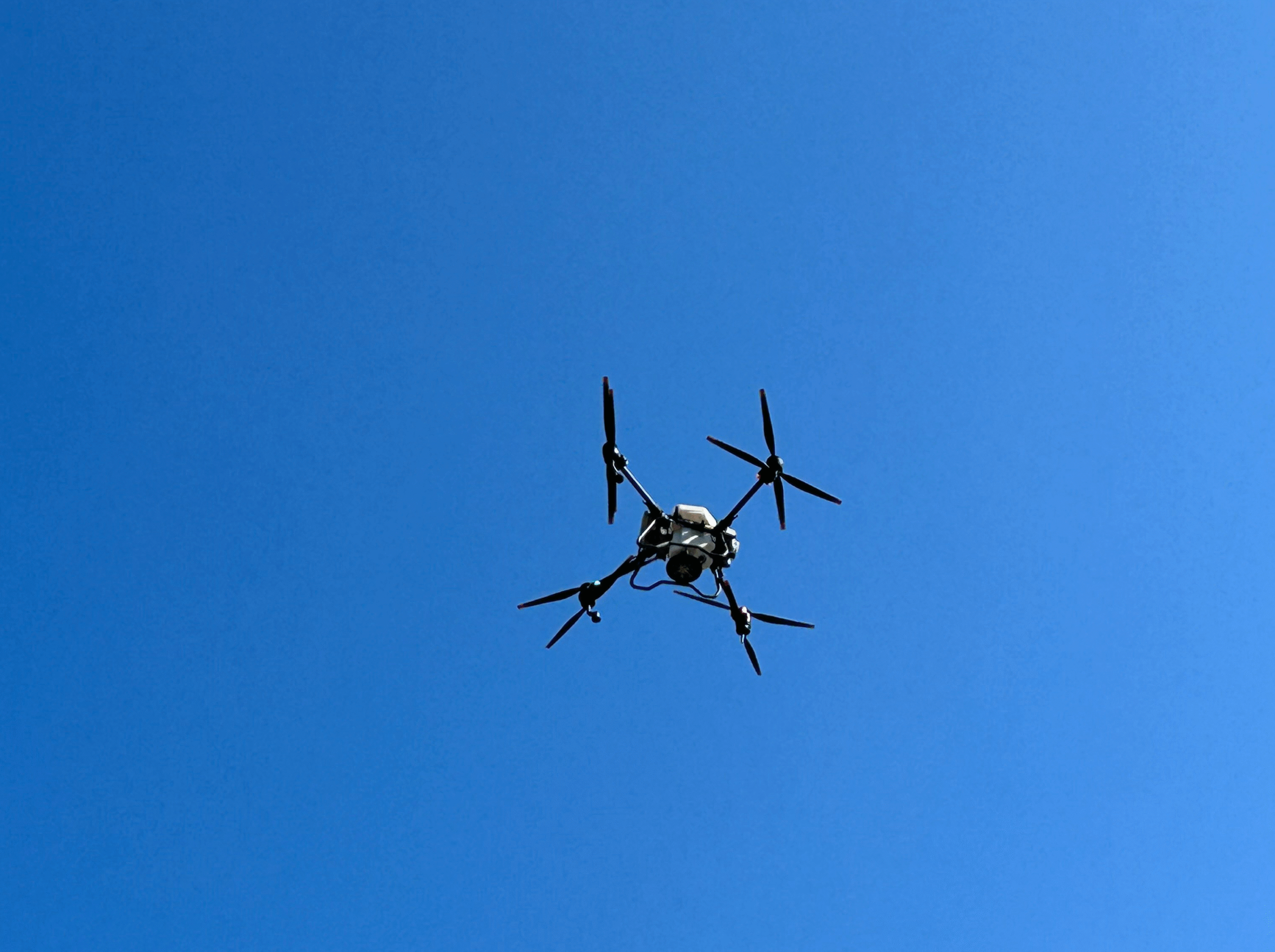
Drone Autopilot System: Top 5 Non-Negotiable Features
A drone autopilot is more than flight software. It serves as the control stack that determines whether your UAV stays stable, adapts mid-mission, and continues operating through sensor dropouts. Under the hood, it combines sensor fusion, failover logic, and real-time control loops that ensure system reliability.
In this post, we’ll break down the five autopilot features that matter from an engineering perspective, whether you’re flying commercial, research, or defence missions.
Attitude Stabilization & Altitude Hold
Altitude hold and stabilization are fundamental drone autopilot features for all sectors — from commercial shootings to industrial inspection and ISR missions. While altitude stabilization largely falls on IMU sensors, the software on top can add extra precision.
AI sensor data fusion algorithms can compensate for accelerometer bias and inevitable noise accumulation, plus provide predictive correction of drift, improving stability during GNSS or barometer dropouts. Likewise, edge-hosted AI algorithms, which you can deploy with Osiris AI drone OS, can be trained on your drone’s configuration to better respond to external forces like payload shifts or rotor wash near buildings.
Autonomous Takeoff and Landing
Most drone autopilot systems include automatic takeoff and landing sequences. In other words, your UAV can be launched and landed at a home point or alternate site with minimal inputs.
For standard missions, autonomous takeoff and landing are a great time-saver. And this feature becomes even more crucial when visibility is poor, the takeoff space is limited, or operations demand high precision, like in cargo drops or pipeline inspections.
In-Flight Replanning & Mode Switching
You never know when conditions could change mid-flight. So, modern drone autopilot systems like VECTOR-600 or ArduPilot now include adaptive mission controls. You can send new waypoints or change the route mid-flight using the ground station or onboard computing unit, and the autopilot will do the rest.
For instance, if you spot a damaged section during a powerline inspection, you can add new waypoints mid-flight to capture better visuals — and then resume the original route. Or if you’re running a patrol mission and notice some suspicious activity, you can reprogram the drone to veer off the original surveillance pattern without aborting the original mission plan.
Payload and Peripheral Integration
Autopilot drone software often provides interfaces to control payloads — cameras, gimbals, LiDARs, etc., and receive data from additional sensors. Thanks to that, you can massively increase drone functionality.
For example, stabilize a gimbal to take a crisp, close-up shot of the defect section (with the autopilot coordinating between drone attitude and gimbal movement). Or automatically turn on the photogrammetric camera once you reach the target surveying site.
Some advanced autopilots also support sensors like optical flow modules, altimeters, or ADS-B receivers through the standard bus connections (UART, CAN, I2C, etc.). Meaning, you can implement an even wider range of extra functionality — e.g., integrate communication encryption modules or exertise thermal sensor control through the autopilot’s system.
Sensor Failure Handling
Most commercial drones have hardware redundancy, but in some cases, it may not be enough for a safe landing. So look for autopilot systems that can handle sensor failures effectively. If a control surface freezes or a motor fails, some autopilots can detect the abnormality and compensate using remaining controls.
Some autopilots can counteract a failed roto. Others can detect bad sensor data (e.g., from a faulty barometer) and use alternative sensor inputs to keep a stable flight. This extra layer of resilience prevents a single-point failure from causing immediate loss — a feature especially valued in military and industrial UAVs.
Final Thoughts
If you’re shopping around for a drone autopilot, the above features belong on your shortlist. Yet, they may not come out of the box from one provider or be well above your budget. But there’s no need to compromise.
With the Osiris AI modular platform, you can install, manage, and run extra software on your drone to enable the features you need. Request a free demo to discover what’s possible for your UAV.
A drone autopilot is more than flight software. It serves as the control stack that determines whether your UAV stays stable, adapts mid-mission, and continues operating through sensor dropouts. Under the hood, it combines sensor fusion, failover logic, and real-time control loops that ensure system reliability.
In this post, we’ll break down the five autopilot features that matter from an engineering perspective, whether you’re flying commercial, research, or defence missions.
Attitude Stabilization & Altitude Hold
Altitude hold and stabilization are fundamental drone autopilot features for all sectors — from commercial shootings to industrial inspection and ISR missions. While altitude stabilization largely falls on IMU sensors, the software on top can add extra precision.
AI sensor data fusion algorithms can compensate for accelerometer bias and inevitable noise accumulation, plus provide predictive correction of drift, improving stability during GNSS or barometer dropouts. Likewise, edge-hosted AI algorithms, which you can deploy with Osiris AI drone OS, can be trained on your drone’s configuration to better respond to external forces like payload shifts or rotor wash near buildings.
Autonomous Takeoff and Landing
Most drone autopilot systems include automatic takeoff and landing sequences. In other words, your UAV can be launched and landed at a home point or alternate site with minimal inputs.
For standard missions, autonomous takeoff and landing are a great time-saver. And this feature becomes even more crucial when visibility is poor, the takeoff space is limited, or operations demand high precision, like in cargo drops or pipeline inspections.
In-Flight Replanning & Mode Switching
You never know when conditions could change mid-flight. So, modern drone autopilot systems like VECTOR-600 or ArduPilot now include adaptive mission controls. You can send new waypoints or change the route mid-flight using the ground station or onboard computing unit, and the autopilot will do the rest.
For instance, if you spot a damaged section during a powerline inspection, you can add new waypoints mid-flight to capture better visuals — and then resume the original route. Or if you’re running a patrol mission and notice some suspicious activity, you can reprogram the drone to veer off the original surveillance pattern without aborting the original mission plan.
Payload and Peripheral Integration
Autopilot drone software often provides interfaces to control payloads — cameras, gimbals, LiDARs, etc., and receive data from additional sensors. Thanks to that, you can massively increase drone functionality.
For example, stabilize a gimbal to take a crisp, close-up shot of the defect section (with the autopilot coordinating between drone attitude and gimbal movement). Or automatically turn on the photogrammetric camera once you reach the target surveying site.
Some advanced autopilots also support sensors like optical flow modules, altimeters, or ADS-B receivers through the standard bus connections (UART, CAN, I2C, etc.). Meaning, you can implement an even wider range of extra functionality — e.g., integrate communication encryption modules or exertise thermal sensor control through the autopilot’s system.
Sensor Failure Handling
Most commercial drones have hardware redundancy, but in some cases, it may not be enough for a safe landing. So look for autopilot systems that can handle sensor failures effectively. If a control surface freezes or a motor fails, some autopilots can detect the abnormality and compensate using remaining controls.
Some autopilots can counteract a failed roto. Others can detect bad sensor data (e.g., from a faulty barometer) and use alternative sensor inputs to keep a stable flight. This extra layer of resilience prevents a single-point failure from causing immediate loss — a feature especially valued in military and industrial UAVs.
Final Thoughts
If you’re shopping around for a drone autopilot, the above features belong on your shortlist. Yet, they may not come out of the box from one provider or be well above your budget. But there’s no need to compromise.
With the Osiris AI modular platform, you can install, manage, and run extra software on your drone to enable the features you need. Request a free demo to discover what’s possible for your UAV.


